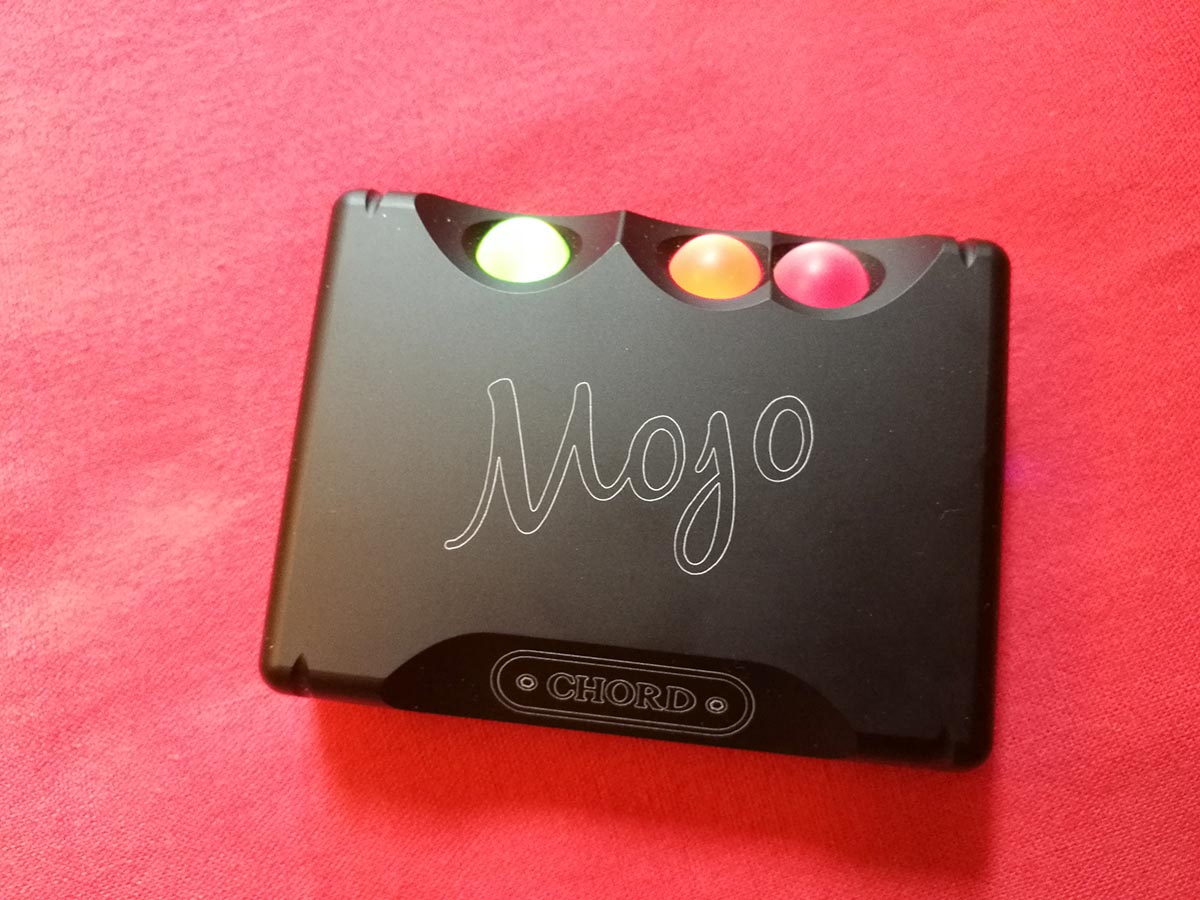
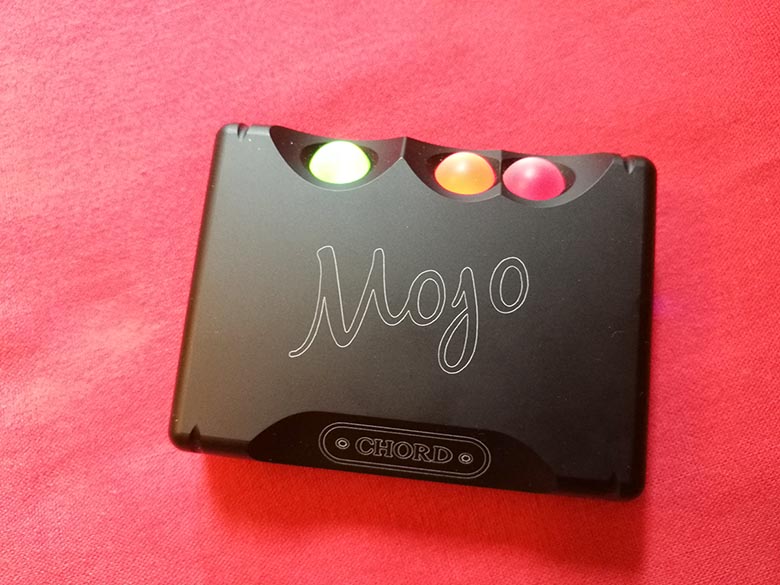
Niko Tsonev


Niko Tsonev
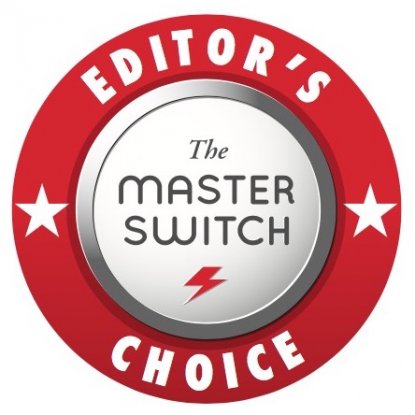 Amp: Yes
Amp: Yes
Chip: Xilinx Artix 7 FPGA
Max Sample Rate: 32-bit/768kHz
What We Like: Stupendous specs, detailed audio quality, quick-charge feature.
What We Don’t: Gets hot, quite expensive.
See the Chord Mojo
Chord Electronics, purveyors of handmade British hi-fi - since the eighties, no less - have been making waves with their innovative DACs and headphone amplifiers. With flagship units such as the Hugo2 breaking the sonic barriers reserved for unforgiving audiophiles, their entry-level USB DAC/headphone amp, the Mojo, is aimed at audiophiles with a slightly lower budget. It’s among one of the most intriguing designs we’ve encountered, but does it match up to Chord’s legacy? In this review, we break down the Mojo’s sound, design, packaging and accessories, specs and more. To see alternatives, check out our list of the best DACs.
Forget the fairy lights and other smart features of the Chord Mojo; at the end of the day, if you are paying good money for a supposed world-class audio performance, you need to get what you pay for. The DAC market has exploded in recent years, and when shopping for a new DAC, most people first compare audio resolution bitrate specs. The Mojo is not shy in the bitrate figure department - it is, in fact, pretty much unique at this price range with its ability to play digital audio of up to 768kHz! If CD audio can be described as ‘proper’, this means that the Mojo can deal with audio resolutions that are seventeen times that. That’s scary bitrate headroom, and this also makes the Mojo the absolute don for DSD file playback (here’s an explanation of what that is),
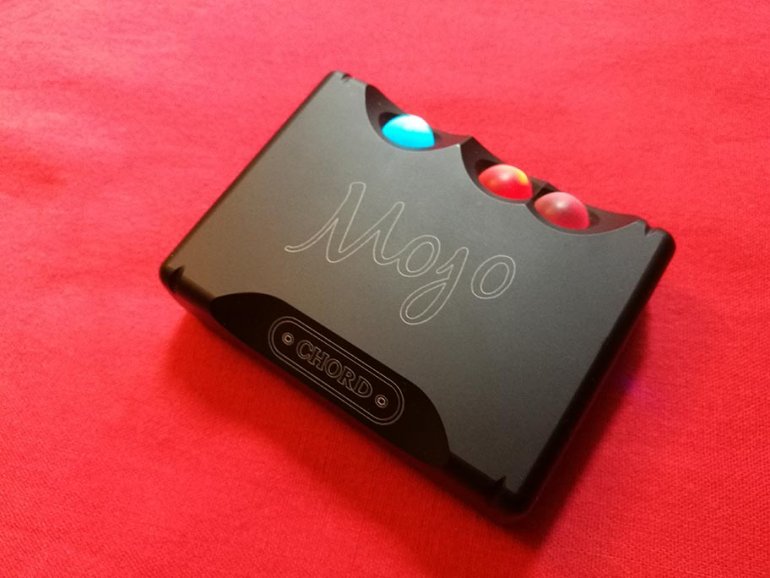
Connected to a Macbook running a hi-res audio player such as Tidal, it takes us no time to get a sound out of the Mojo. And there it is - after listening to some 192KHz masters the difference (to a regular DAC audio) is hardly imaginary. It is the difference between first listening to something with tired ears, after running all day through a loud city crowd, versus enjoying your favourite pair of cans in a quiet listening room after a good night’s rest. Words like clarity, depth and detail come to mind - you can hear deep into the mix and the sense of dynamics are also immensely improved - Mojo’s soundstage is wide and airy, very much the audio equivalent to a widescreen movie experience and nothing in the mix feels squashed - instruments and voices feel vibrant, with a lot of separation. It definitely matches up well to something like the iFi Audio xDSD, which costs only a little more ($409 to the Mojo’s $399)
The bass content is full and tight - all the way down to the sub registers. The top frequencies display a lot of sizzle - present, yet silky, and never harsh. The all-important, ‘make it or break it’ mid-range stays true and fair with any kind of audio material - spoken word, acoustic Americana and all the way through contemporary Nashville productions, piano concertos, raunchy rock guitars, as well as urban beats that really challenge any audio system. The Mojo simply shines. Having said that: you’re not going to get a dramatic difference here when compared to something like the Resonessence Herus, which offers similar tonality.
A pleasant surprise was to experience the headphone preamp volume controls. Now this may seem an odd statement, but after spending a long time controlling your volume through a big volume knob or long throw faders, regular ‘up’ and ‘down’ buttons can so often feel super annoying. Not this pair though. Mojo’s amp volume increments are so fine and adjustments feel so smooth and gradual that it’s been a real pleasure to use the fairy-light buttons (as we call them now). Lastly, if you’ve wondered why the heck does this thing need to charge longer than any smartphone...the answer is again about the headphone amp. This thing can power any headphones - with impedances up to 600Ω. It’ll be able to handle just about any headphone you throw at it, including every single entry on our list of the best high-end headphones.
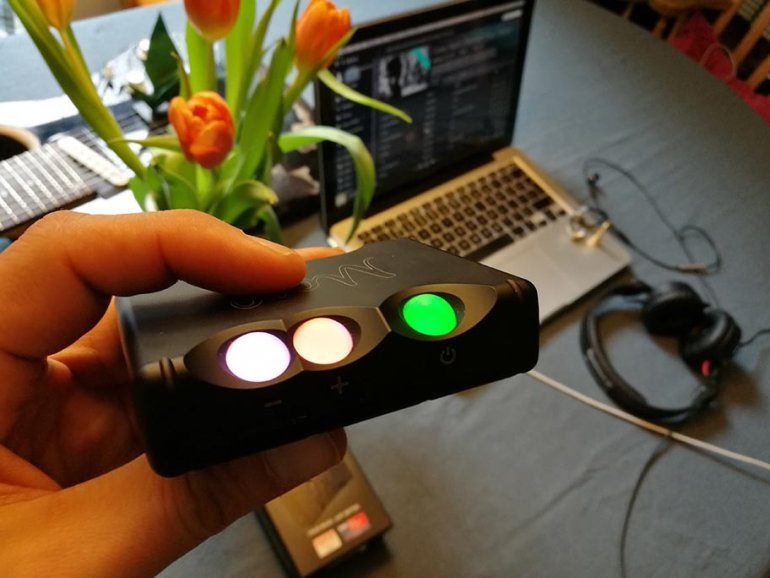
If you are somewhat unfamiliar with DACs, this may just seem like splashing out a lot of dough on some exotic ‘audio enhancing box’ - you could, after all, get a speaker upgrade which is well above ‘entry level’ for that amount. If that’s the case you could do worse than checking our in-depth piece on DACs before continuing this read - and yeah, the Mojo is in the top picks too. The Mojo is sturdy to the touch, neither too light nor too heavy, roughly the size of a full deck of playing cards. The rectangular black-box appearance is spiced up by three small, opaque balls - just a size up from a regular garden pea. These produce a slight click when pressed and rotate freely in their sockets - a really interesting button design, because yeah, they are buttons marked with mini symbols underneath - one for ‘power’, and the other two with + and - for volume adjustments. Holding the power button ‘on’ for two seconds wakes the Mojo and this process greets you with the buttons going into a full ‘Christmas Tree’ mode, flashing their lights and fading from color to color. All this is followed by a quiet click and the unit is ready for use.
This is a good place to mention that the Mojo runs on a rechargeable battery and requires around ten hours of charging before its first use. One of the two micro-USB ports on the side is dedicated for charging (a mini light stays on until charge is complete) and the second is purely for data streaming from your player of choice, whether that may be a computer or a handheld ‘smart’ device. When fully charged, the Mojo will last around ten hours of continuous playback and consecutive charging takes much less times - approximately four hours or so. That’s roughly the same as the far more expensive Chord Hugo 2 - Chord’s flagship DAC, which costs around $2,695 to the Mojo’s $399. That’s a pretty good deal, we think!
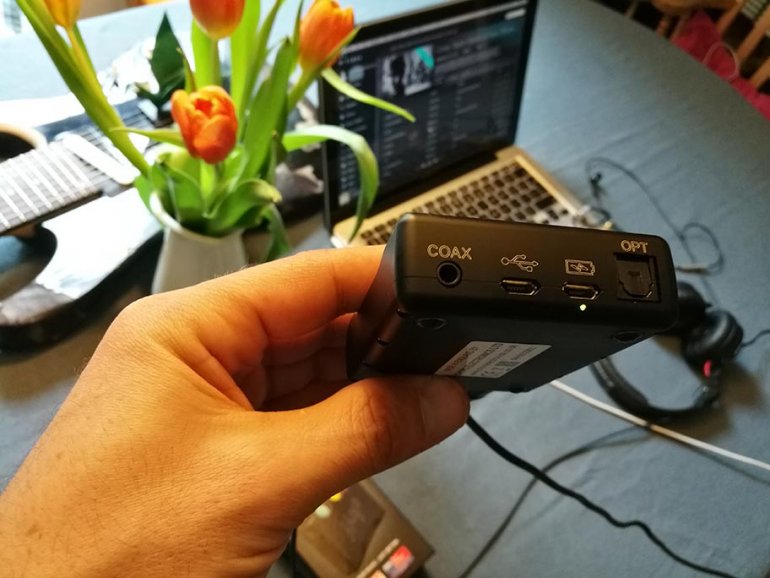
Next to the mini-USB ports you’ll find two additional connections dedicated for inputting digital audio streams - a 3.5mm coaxial and a optical S/PDIF. The all-important headphone output is on the other side of the unit, and oh glory, there are two. The power button changes color depending on the audio bitrate - the Mojo auto-senses the audio sample rate as well as the type of audio file being played - for instance white light is reserved for DSD files. Admittedly, plenty of DACs do this - even indie models like the H2 Designs MIYO (full review here) - but it’s good to have. Volume adjustments are also indicated with the volume control buttons changing color - a real gradual visual change. We also like such minute details as the eight mini screws at the bottom - they are of the hexa-variety, requiring a mini-allen key instead of a Philips screw driver. This keeps curiosity and idle thumbs at bay - the Mojo is far from being user-serviceable, after all.
Before we move on, one last thing - if you hold the two volume buttons pressed for a few moments, the headphone preamp will be bypassed (buttons illuminating in light blue) and the Mojo is ready for a full tilt Line Level output - this can be potentially damaging to headphones, so make sure it is reserved for use with Line Level equipment only - mixers, active speakers and so on.
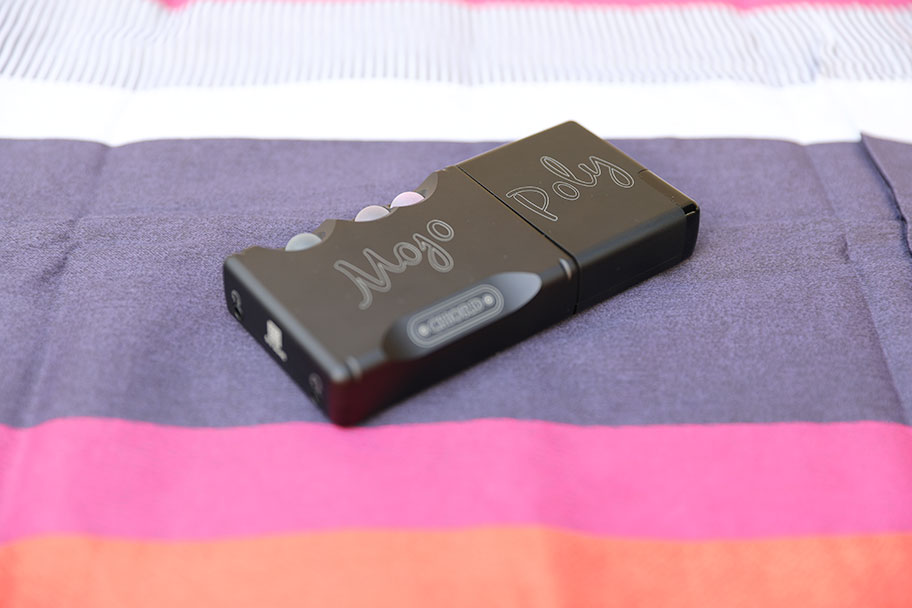
The Chord Mojo has what is possibly one of the wildest accessories ever: the Poly. It actually costs significantly more than the Mojo itself, at $649, and is essentially a wireless streaming unit that you attach to one end of the Mojo. It lets you stream music via Bluetooth or Wi-Fi, and has a slot for SD card. You can read our full review here.
It’s a pretty singular accessory – you can’t use it with any other piece of audio equipment. And while it is undoubtedly useful, we do question whether it’s worth spending that much extra cash. However, there’s no question that Chord have gotten behind the concept and have kept supporting it, with continued updates that improve the functionality. One of the key developments in recent years has been the release of GoFigure, an app which makes setup very simple indeed. The Mojo/Poly combo may cost the earth, but if you have the cash, you’ll find that the Poly will substantially increase the functionality of your Mojo.
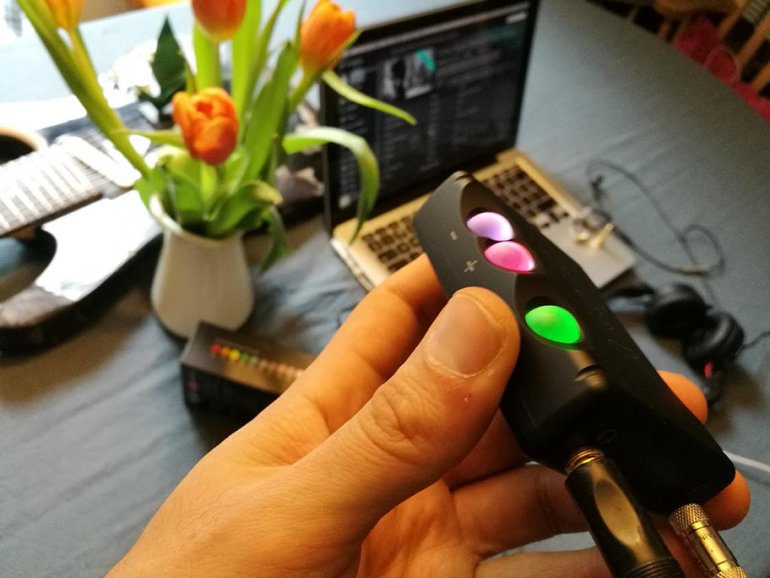
The Chord Mojo USB DAC is a true plug ‘n’ play affair, and its versatility is one of the strongest selling points. It will happily work with a Mac, PC or any handheld smart device - iOS or Android. When linked to Apple (or Linux OS) computers all you need to do is select the Chord Mojo as the default audio playback device (Sound Preferences) and you are up and running. For Windows machines you do need to download and install a driver from Chord Electronics’ website and every version of Windows since Vista is supported. As is often the case with Windows drivers, the installation procedure can be a bit of a pain but if facing any issues, just follow the steps as advised in the manual. In this operating system the Mojo can be used in several streaming modes - Direct Sound (DS), Kernel Streaming (KS) and WASAPI. These are dependent on the type of audio player of your choice and we won’t go too deeply into this as it is again explained really well in the Mojo operating manual.
Android OS device operation requires an OTG USB cable (On The Go) which allows native USB audio streaming - that’s all really. Chord do recommend hi-res players such as USB Audio Player or Onkyo HF Player as their settings really suit external DACs. Apple iOS handhelds (iPhones and iPads) need to be of a fairly recent generation (later than 2012 model basically) as only lightning port models are supported (no 30-pin port models). Again, a cable kit will be needed (Apple camera converter) for the lightning port, and the Onkyo HF Player is again superb for any audio at any bitrate and that includes DSD files.
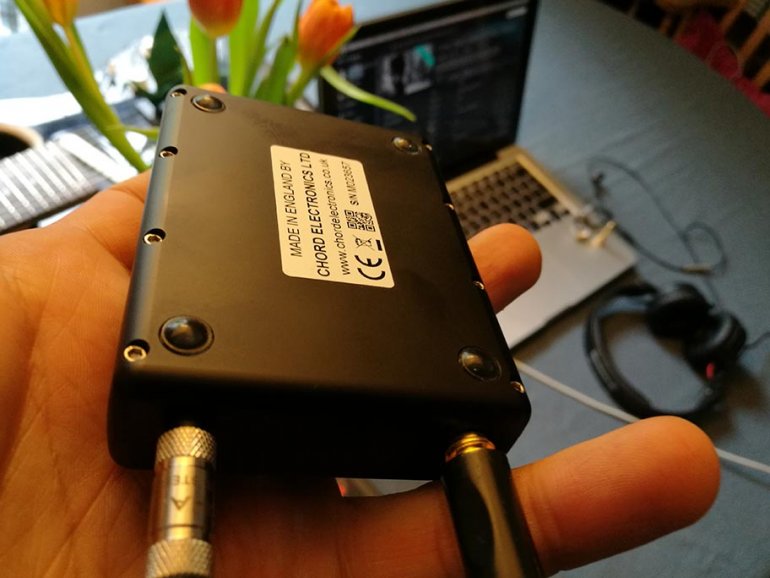
The box is matt black and small enough to hold in one’s palm. Chord’s graphic design team have done a sterling job of offsetting the dark packaging with a clear image of the unit on top of the box, surrounded by a handful recent industry awards and review quotes (out of many more bagged by the Mojo since its release in October 2015). When opening the box our attention is grabbed by ten circles in a full spectrum of rainbow colors printed on the two sides of the inner box - a hint at the Mojo’s chameleon ability to change its button colors as a visual guide to different frequency sample rates. We already mentioned that multiple functions and modes are also indicated by color changes, so it's nice to see it echoed here. The rest of the packaging consists of little more than the wrapped unit itself and the surrounding white foam shock absorbers, keeping it safely tucked away from harm.
With so much writing on the box (the intended purpose of the unit, OS compatibility, industry quotes, etc.), there’s hardly any use for a printed manual booklet. Not many manufacturers do that anymore anyway - on account of Amazonian forest preservation, manufacturing costs and of course the fact that everyone now checks stuff online. The only accessory the Mojo comes with is a single 10mm micro USB charging cable. That’s not a bad thing, necessarily. It’s all you need to get this baby going, aside from your headphones. Chord Electronics are sort of humble (but clever) by allowing you to get any additional cables and bits you might need for the Mojo...by purchasing the official Mojo Cable Pack.
You do get everything with this - from elastic bands for attachment the DAC to smartphones, to the full selection of cables you might ever need - to help out in any situation. Similarly, with something so precious and fairly small, you can also add the beautifully designed Mojo Case - “Protect your investment’ it says and it doesn’t get more self-explanatory than this. All we can add is that all of these accessories are absolute top notch in terms of quality.
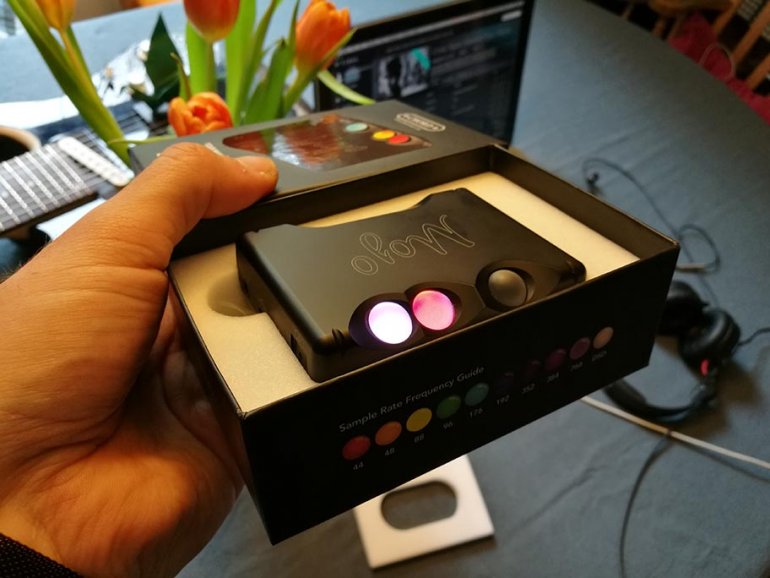
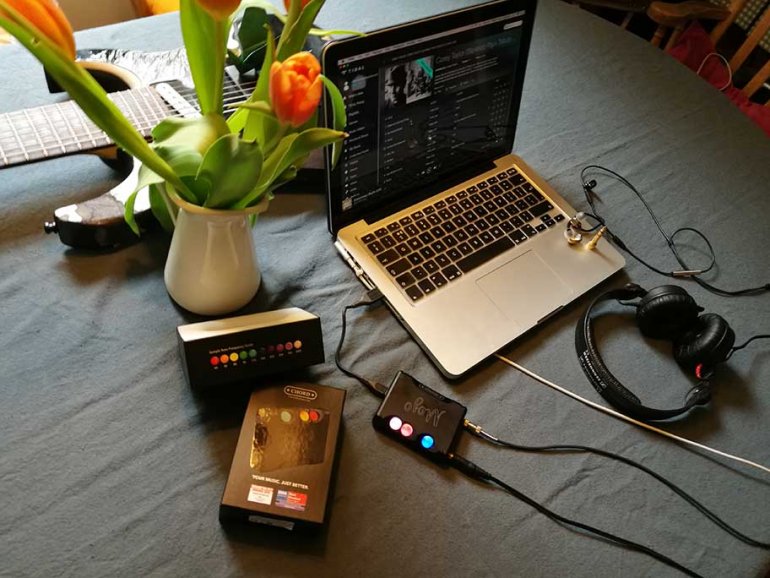
| Model | Price | Amp | Chip | DSD? | Max Sampling |
|---|---|---|---|---|---|
| Chord Mojo | $399 | Yes | Xilinx Artix 7 FPGA | Yes | 32-bit/768kHz |
| iFi Audio xDSD | $399 | Yes | Unknown | Yes | 24-bit/768kHz |
| FiiO Q1 Mark II | $100 | Yes | Unknown | Yes | 32-bit/384kHz |
| Schiit Bifrost | $399 | No | AKM Verita AK4490 | No | 24-bit/192kHz |
| Chord Hugo 2 | $2,695 | Yes | Xilinx Artix 7 FPGA | Yes | 32-bit/768kHz |
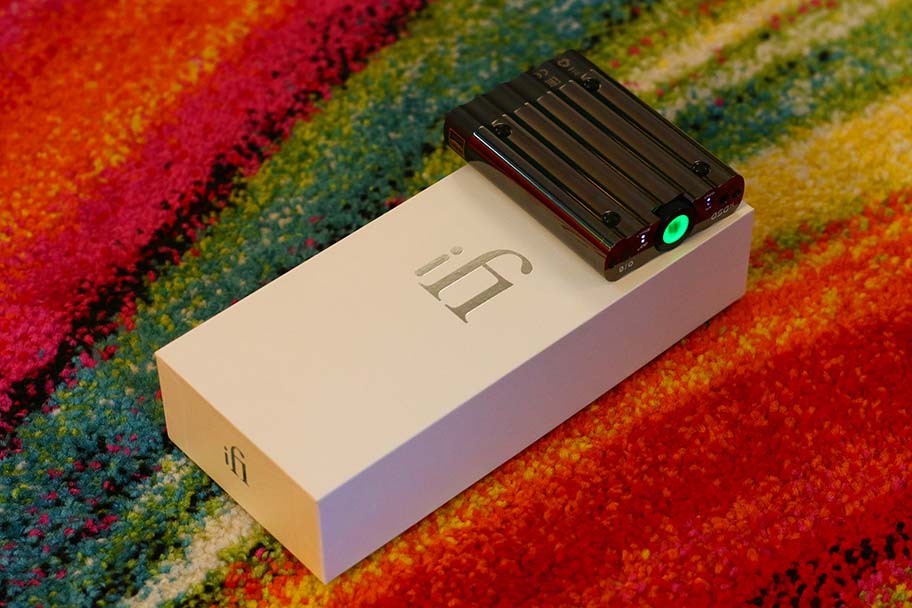
Although the Chord Mojo was one of the original portable DACs, several other companies have joined the rush. One of these is iFi, who make DACs the deliver exquisite, highly detailed sound. The best one they make – at least, the best portable model – is the iFi Audio xDSD. It’s capable of handling files up to 24-bit/768kHz, and has a sleek design, with a wavy metal case. While the metal does pick up fingerprints, it’s far more eye-catching than the Mojo. It’s also cheaper, at $399. We don’t think it sounds quite as good as the amazing Mojo, but it’s an excellent second option, and a good budget choice.
An even better budget choice is the FiiO Q1 Mark II. For under $100, you’re simply not been a find a better portable DAC. You shouldn’t expect huge leaps in sound quality of your phone, and it does work better with iOS devices rather than android, but it’s a very capable little DAC nonetheless. It’s lightweight and simple to use, and if you do want something to supercharge your portable sound, but don’t want to go the whole Mojo hog, then check out the Q1 Mark II. By the way, FiiO are one of those companies who put out dozens of new models every year, so there’s a good chance this one may be superseded soon
If audio quality is more important than portability you deserve to check out the Schiit Bifrost. Slightly cheaper than the Mojo, but here you don’t even get a headphone amp. This may seem as a slight disadvantage, but this is pretty much how audiophiles think and talk: “Nope, no preamp, all your money is spent on the converter technology itself”. Which is indeed more than just impressive - the Bifrost is the first DAC at this price level to feature multibit audio conversion hardware. Already widely used in cutting edge space, military and medical program digital technology, these types of hardware chipsets use bit-perfect precision that vastly outperforms the capabilities of ‘regular’ sigma-delta type converters (we know - that sounds technical. Sorry.) All you need to be aware of is that they sound incredible. You would need a head amp on top of this, but the Bifrost is a tremendous alternative to the Mojo.
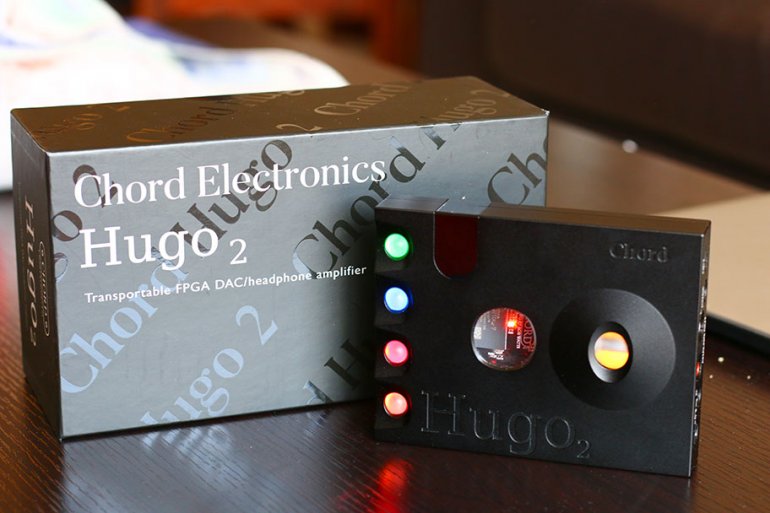
And finally: if you want the most superpowered version of Mojo you can get, you need the awe-inspiring upgrade: the Chord Hugo 2. This thing looks like it landed in Roswell back in the 60s, but delivers some genuinely world-beating sound, as well as amazing control and design. There’s aptX Bluetooth, too, and like the Mojo, it can function as both a headphone amp and a separate DAC. The price? Over $2,000 - depending on your dealer. Well, we did say it was an upgrade...
Let’s wrap up. Despite its many clever features, digital connections, super-versatility and so on, the one ‘feature’ we’ve been most impressed with has been the Chord Mojo’s audio detail. There is a running joke among music producers that they are never able to hear ‘that’ sound again after leaving the audio mastering suite (the place where only the pair of speakers are worth $100K). The Mojo kicks up a very close second place to that scenario in our opinion and for the price bracket, it really gives an astounding performance.
See the Chord Mojo See the Best DACs